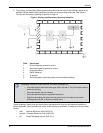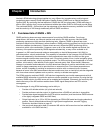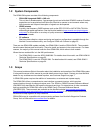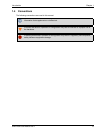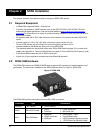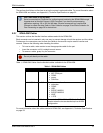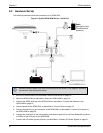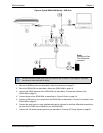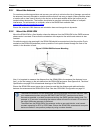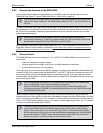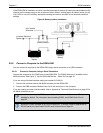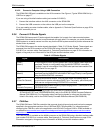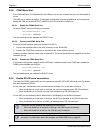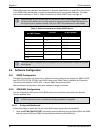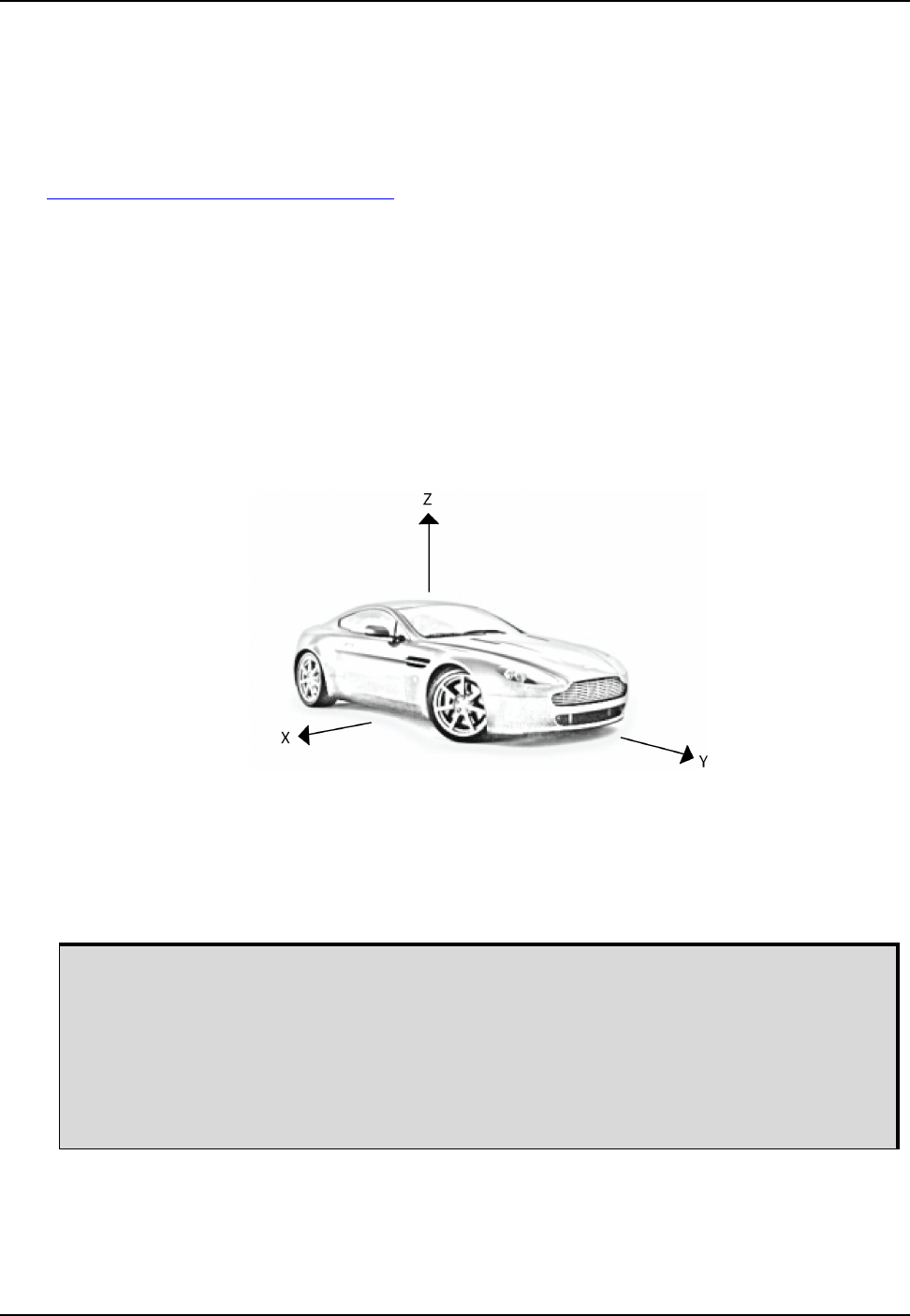
18 SPAN-IGM User Manual Rev 2
Chapter 2 SPAN Installation
2.3.1 Mount the Antenna
For maximum positioning precision and accuracy, as well as to minimize the risk of damage, ensure that
the antenna is securely mounted on a stable structure that will not sway or topple. Where possible, select
a location with a clear view of the sky to the horizon so that each satellite above the horizon can be
tracked without obstruction. The location should also be one that minimizes the effect of multipath
interference. For a discussion on multipath, refer to the GNSS Book available from
www.novatel.com/an-introduction-to-gnss/
.
Ensure the antenna to IMU distance and orientation does not change due to dynamics.
2.3.2 Mount the SPAN-IGM
Mount the SPAN-IGM in a fixed location where the distance from the SPAN-IGM to the GNSS antenna
phase center is constant. Ensure that the orientation with respect to the vehicle and antenna is also
constant.
For attitude output to be meaningful, the SPAN-IGM should be mounted such that the positive Z-axis
marked on the SPAN-IGM enclosure points up and the Y-axis points forward through the front of the
vehicle, in the direction of track.
Figure 5: SPAN-IGM Enclosure Mounting
Also, it is important to measure the distance from the SPAN-IGM to the antenna (the Antenna Lever
Arm), on the first usage, on the axis defined on the SPAN-IGM enclosure. See Appendix A, Technical
Specifications on page 52 for dimensional drawings of the SPAN-IGM.
Ensure the SPAN-IGM cannot move due to dynamics and that the distance and relative direction
between the antenna and the SPAN-IGM is fixed. See also SPAN IMU Configuration on page 24.
The closer the antenna is to the SPAN-IGM, the more accurate the position solution. Also,
your measurements when using the SETIMUTOANTOFFSET command must be as
accurate as possible, or at least more accurate than the GNSS positions being used. For
example, a 10 cm error in recording the antenna offset will result in at least a 10 cm error in
the output. Millimetre accuracy is preferred.
The offset from the SPAN-IGM to the antenna, and/or a user point device, must remain
constant especially for RTK or DGPS data. Ensure the SPAN-IGM, antenna and user point
device are bolted in one position perhaps by using a custom bracket.



